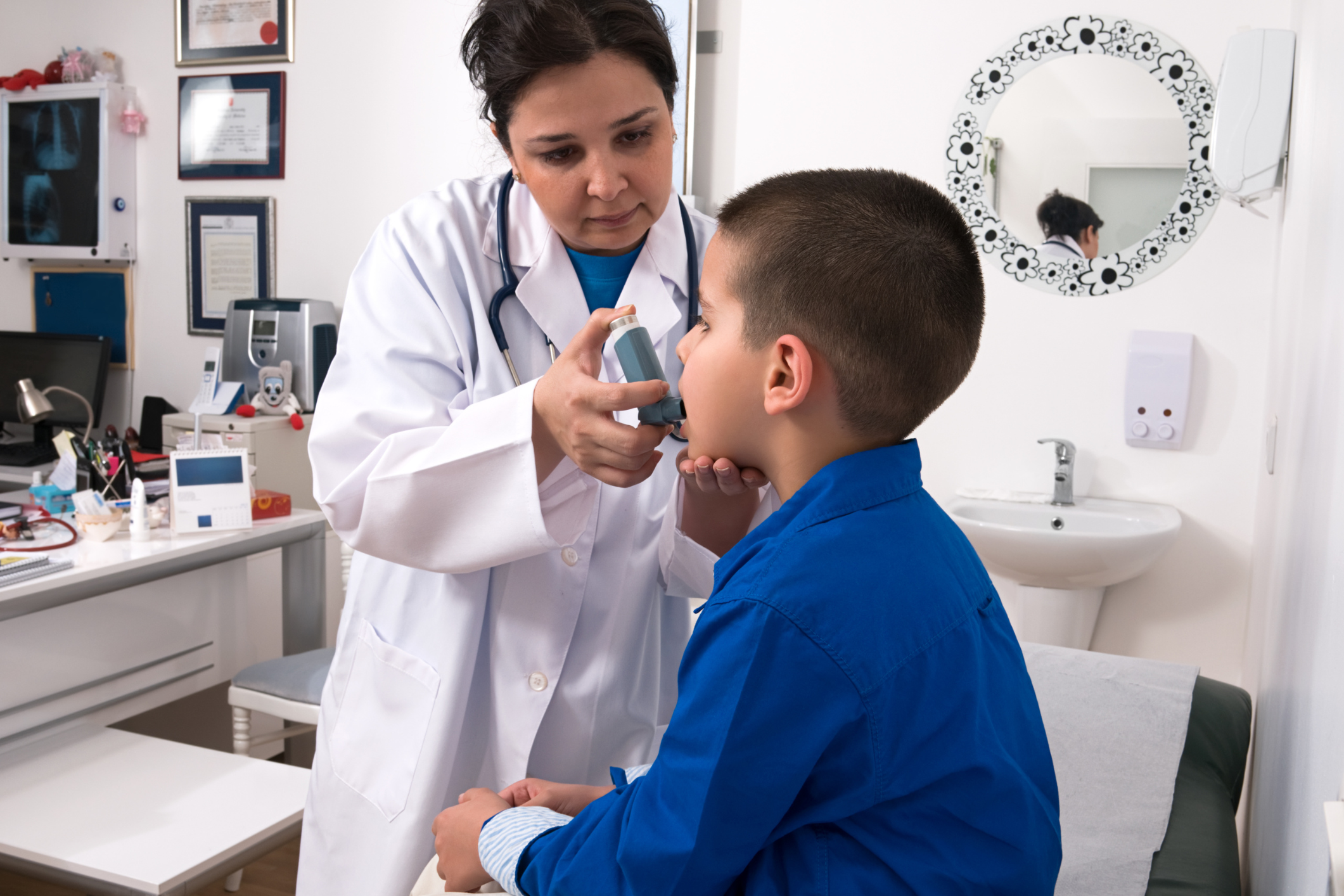
School nurses and their many roles & responsibilities

The role of a school nurse isn’t easy to define in a short, simple sentence. It isn’t something cut and dry, easy to determine, and simple to assign; in fact, it’s probably easier to define with a really long, really elaborate, really complicated run-on sentence with lots of semicolons and Oxford commas, that inevitably induces double vision, headaches, and a visit to the nurse. But, I’ll give it a shot…
A nurse wears many hats at his or her school, and is an active participant in student medicine, physical, emotional, and mental health, preventative care, health and wellness education, hygiene education, first-aid, emergency response, allergy oversight, medication management, counseling, interventions, and the establishment of a health care plan for a school.
Nurses attend to the needs of students and staff. They’re the first line of defense when something happens, and everyone looks to them to respond in an effective manner. As The Sun Sentinel notes, “Lina Rogers Struthers was hired on a trial basis by New York City schools in 1902, her goal was to keep the city’s schoolchildren healthy and to boost attendance. The experiment was a success and, 110 years later, school nurses are still making a difference in schoolchildren’s lives, and the scope of their jobs has expanded considerably.” Expanded? Absolutely! The school nurse must coordinate all of the activities of the school health team. “In addition to health issues, schools must cope with problems caused by immigration, homelessness, divorce, remarriage, poverty, substance abuse, and violence . . .The school nurse has a unique role in the provision of school health services for children with special health needs, including children with chronic illnesses and disabilities of various degrees of severity”(Pediatrics).
To get a realistic look into the role of nurses, take a look at the statistics in “School Nurses’ New Role in Children’s Health” in The Wall Street Journal. Between too few nurses for too many students, routine and chronic health issues, growing obesity numbers and associated issues, and the requirements of special needs students, school nurses are swamped with responsibility.
Nurses for a Healthier Tomorrow outlines the nurse’s leadership role as follows:
o Health Services — serves as the coordinator of the health services program and provides nursing care
o Health Education — provides health education to students, staff, and parents
o Healthy Environment — identifies health and safety concerns in the school environment and promotes a nurturing social environment
o Nutritional Services — supports healthy food services programs
o Physical Education/Activity — promotes healthy physical education, sports policies, and practices
o Counseling — provides health counseling, assesses mental health needs, provides interventions, and refers students to appropriate school staff or community agencies
o Parent/Community Involvement — promotes community involvement in assuring a healthy school amd serves as school liaison to a health advisory committee
o Staff Wellness — provides health education and counseling and promotes healthy activities and environment for school employees

So, I definitely used more than one simple sentence to define the role of a school nurse. Good thing this isn’t Twitter.

